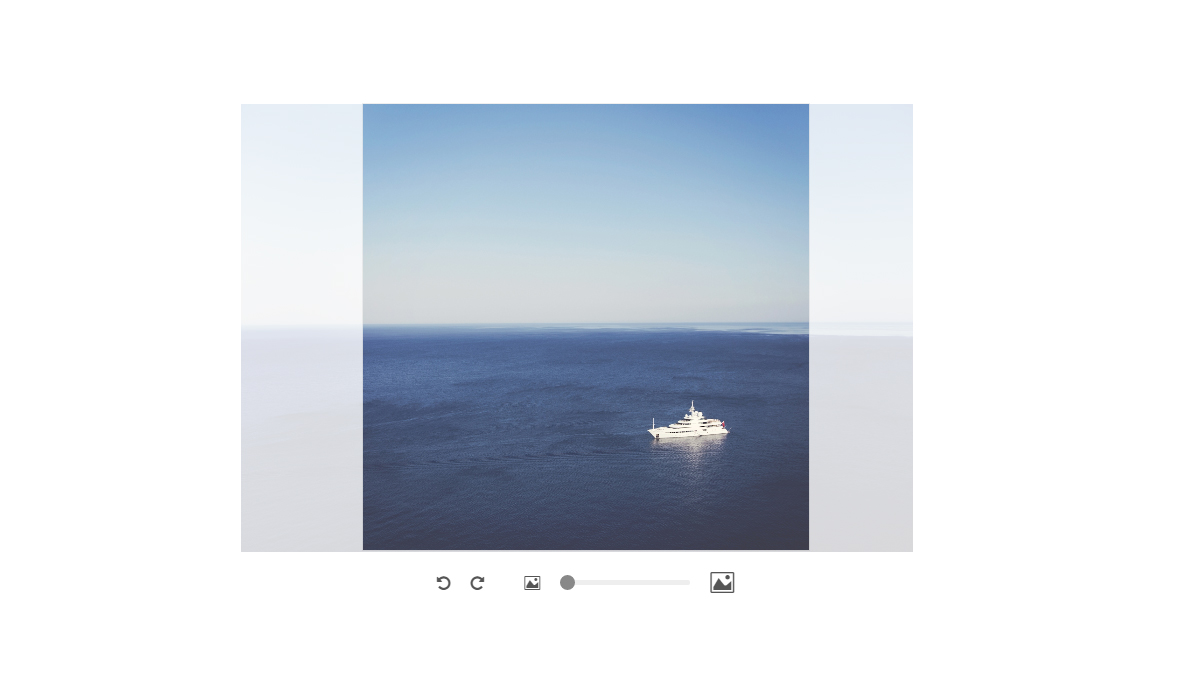

#CROPIT BAD QUALITY HOW TO#
Rather than me sifting through the various API's to see if they provide some way of controlling this behaviour (I assume at least some of them would) and because it is such a simple procedure I will show how to crop the image manually. the problem is that the image returned is sized to the interface and not the original image. If you need a solution for these issues you could explore Pintura Image Editor, an easy to use image editor that solves these edge cases and features a wide range of additional functionality.You are relying on the cropping tool to provide an interface for the users.

Browsers being confused by mobile photos EXIF orientation header.To keep the article concise our current solution does not cover these edge cases: I experienced the same issue on 0.4.1 (it happened randomly), so I updated cropit to 0.4.

This helps us prepare images for social media posts, profile pictures, familiar document sizes, or other popular media formats. View a demo of the end result on CodePen Conclusionīy using the HTML canvas API and some basic math we build a tiny crop helper function that makes it easy to quickly crop images in various aspect ratios. Or, using async/await: const canvas = await crop ( 'path/to/our/image.jpeg', 16 / 9 ) this image will hold our source image data const inputImage = new Image ( ) // we want to wait for our image to load Regarding your concern about exported image size/quality, cropit provides an option exportZoom, which allows you to specify a ratio between the size you would like an exported image to be and the preview div. Meaning, if the original image has a resolution of 1000 x 1000 and the preview size is 100 x 50, I want to get a result in the resolution of 1000 x 500. I'd suggest submitting the cropped image in a base64 encoded format in a hidden input. We’ll add the onload callback right before setting the src so we can capture the moment the image has loaded. In my case I dont want to scale the image, I just need the correct ratio. Our next step is drawing the image to a, the canvas will allow us to modify the image data. We can get to this data by loading the URL to an element. To crop an image we need to access the actual image data. const imageURL = 'path/to/our/image.jpeg' Let’s use a generic image URL as our source. Salaries, reviews, and more - all posted by employees working at CropIT. To get started we’ll need a source image. See what employees say it's like to work at CropIT. If we just want to present images in a certain aspect ratio we can use a CSS only solution. 8,500 8,500 considerable improvement in our mills be2,000 flour which inight. When a bad-quality question (for example. For example, when a user is about to upload a an image we crop it to a certain aspect ratio. The words Haz 1,500 ground into some kind of low quality of 1,500 Dec. Nor can the community just leave poor questions as-is or waste a lot of time giving crooked answers to poor questions. Best for the cases where you want users to upload images of a specific size and aspect ratio. Designed to be extremely customizable via CSS. Loads images locally via FileReader, and crops them using canvas. In this tutorial we’ll by modifying image data. A jQuery plugin for image cropping and zooming. Super useful for cropping photos before posting to social media timelines or uploading profile pictures as these are often required to be of a certain aspect ratio. In this 3 minute tutorial we’ll write a tiny JavaScript function that helps us crop images to various aspect ratios.


 0 kommentar(er)
0 kommentar(er)
